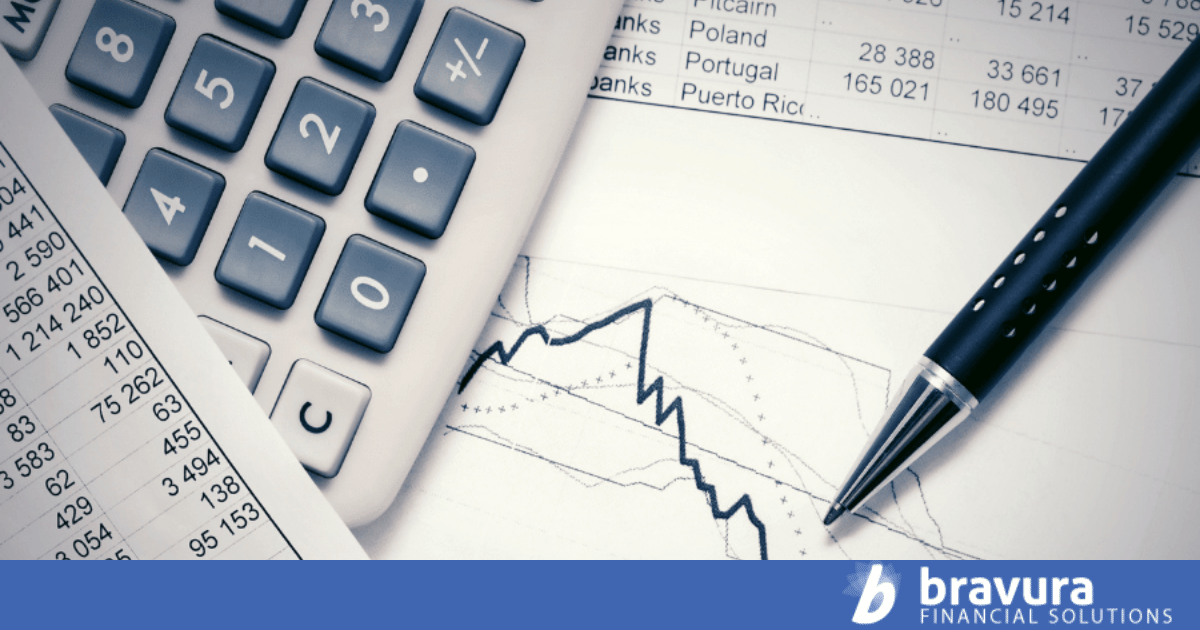Decoding Your Business Accounting to Unlock Hidden Profits.
When most business owners look for ways to increase profits and fine-tune their operation, the first place they’ll usually go is the income statement. And the truth is, that’s a completely valid approach. By looking there you can find all kinds of expenses and costs to manage and trim down by using expert budget practices. But did you know there are several often-overlooked areas of your business financials you can analyze and manage to unlock even more hidden profits?
Your Balance Sheet – The Secret Sauce
Yes the income statement is great, but the balance sheet has 3 key measures that contain information about how well you’re managing different assets and liabilities. It’s easy to overlook these numbers because they don’t necessarily directly impact your bottom line in the short term, but when you dig into them, it becomes clear that effectively managing these aspects of your business is crucial to long term success and can open the door to a gold mine of value and profitability. Let’s dig into these secret ingredients.
Liquidity – How to Ignite Your Business
Liquidity is the first thing we need to look at. It’s the lifeblood of your business and measures how well you can pay your debts at any given time. The most common elements of liquidity analysis involve cash or anything that can quickly sold for cash, invoices to your customers, and bills from your suppliers. It also includes any other short term assets and liabilities like treasury bills, stocks, credit cards, and small loans. If these are poorly managed, you can wrack up interest charges, penalties, and ruin your credit. But by putting yourself in a position to raise cash quickly when needed, and by negotiating short term credit and strategically timing payments, you can often times take advantage of discounts and improve your ability to borrow cheap credit.
Leverage – Pushing the Accelerator to Reach New Goals
Most people realize that leverage is the concept of taking on debt to purchase assets, but less often thought about is how to manage it effectively. Liquidity and leverage are actually quite closely related and can be managed in tandem. The most common approach when taking on debt is to obtain financing that matches the time frame of the asset. For example, a piece of equipment with a 5 year estimated useful life would normally be financed with some form of credit to paid off in 5 years. But depending on how aggressive or conservative you want to be, and how accessible capital is, you might mix and match debt and assets with different time lines. This can have unexpectedly good OR bad results on your income, but through careful analysis and shopping around for credit you can find interesting financing strategies to suit your needs and come out on top.
Efficiency – Make Your Assets Work Harder
The final secret ingredient to success is to manage how efficiently your assets are working for you. Heavy assets like equipment and real estate can have wildly different costs, and depending on how much you pay, the return you get can be wildly different as well. Why pay for the expensive brand name option when the lesser known but still high quality alternative will give you more bang for your buck? Inventory is another item to look at. If your inventory is barely turning over, it might be time to look at reducing the amount you buy or lowering your prices to your customers. And finally, your accounts receivable, or invoices to customers. Consider offering better terms and incentives to pay quickly. If it takes forever to collect on sales, it does you no good. All of this frees up cash and removes the opportunity cost of missing out on other more profitable investments. The goal is to not have cash tied up in something that isn’t producing a return.
CONCLUSION – Tying it All Together
As you can see, each of these metrics reveal things about your business that won’t show up directly on the income statement, but when used holistically with a direct analysis of expenses you can find a treasure trove of new business strategies. And even if at first glance they don’t seem to impact profits right away, they do all ultimately help to boost your long term profitability and make it easier to invest in new projects.
Partnering with a financial pro is also a great way to start tapping into the hidden potential in your balance sheet as a trained eye may see things that aren’t always completely obvious, even when you’re looking. If you’d like to start looking for those unrealized profits and want some help, set up a call today!




